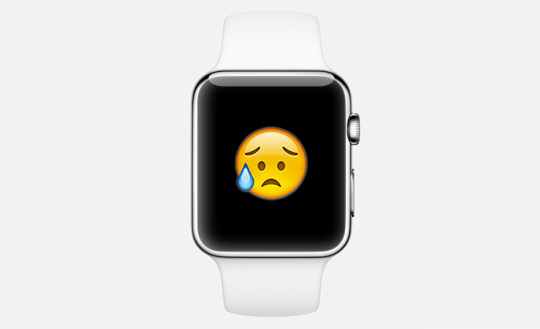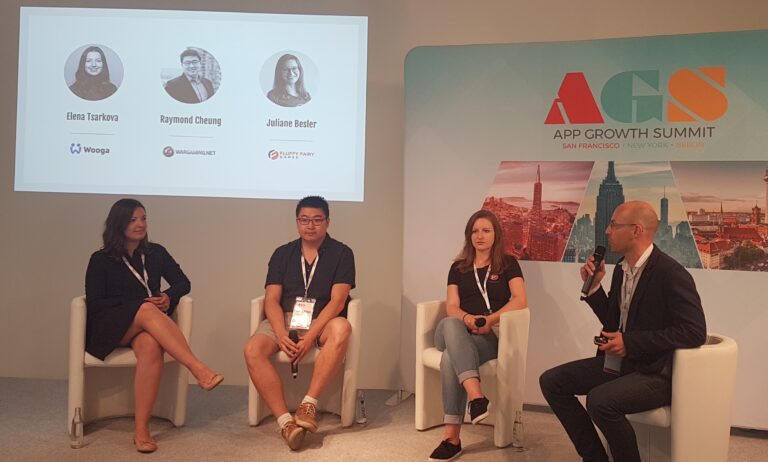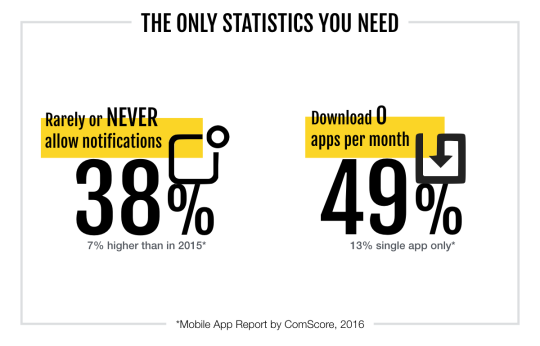
I had an opportunity to use the Apple Watch for a day and dig deeper into its functions than is normally possible during public demos in Apple Stores. The first impression was overwhelming: a small computer with a gorgeous screen on my wrist. I tapped the screen, opened the first app or two and… got lost.
One of the keys to success for iPhone and the later iPad was it’s simple UI. My daughter was able to find kids games and play them at 18 months while her younger brother even managed to find our little trick of hiding games in subfolders on the last screen. iOS is unbelievably simple and straightforward in terms of controls. Unfortunately, I felt the opposite with the Apple Watch. Here is why.
First, the watch has a large “People” button on the right which somehow reminds me of the on/off button on the iPhone. Quite often I wanted to wake or shut off my Apple Watch with this button but I found myself in a list of “favorites”.
Second, each screen has the name of the app in the left corner which on some occasions shows a screen title also. Unfortunately, it’s close to the back button and that’s why I felt quite often that it would send me back to the previous screen as it does in iOS.
Third, I tried a gesture known from iOS: pinching, swiping right for back or pulling down notifications. None of these work on the Apple Watch.
In general, I felt quite disoriented. I didn’t understand the structure of the interface, wasn’t able to repeat specific steps to perform a desired task. I told myself it’s because I’m not focusing enough or doing things slower. Later, I read a short Facebook post by UI designer Robin Raszka, author of the award winning Summly app which was later re-launched as Yahoo Digest. Robin felt exactly the same: “I’ve tried Apple Watch for 20 minutes and it’s impossible to control it. I don’t know where I am, where is the menu?, etc. This will be a huge flop!”
Apple Watch is the most casual device Apple has ever built. Adverts which will pop-up today are mostly targeting fashion magazines and women. They will buy the Apple Watch because it will be a status symbol represented by its look, higher price and aureole of something unique. Those people are much less IT literate than were early adopters of iMacs or iPhones back in the 2000s. Also, UI patterns which we’ve learned on mobile phones are now changed and twisted.
I wonder how the first contact of the mass market will evolve, how big will the initial disillusion be and just how much people will be open to learn something new, again. It starts today, so let’s see.






